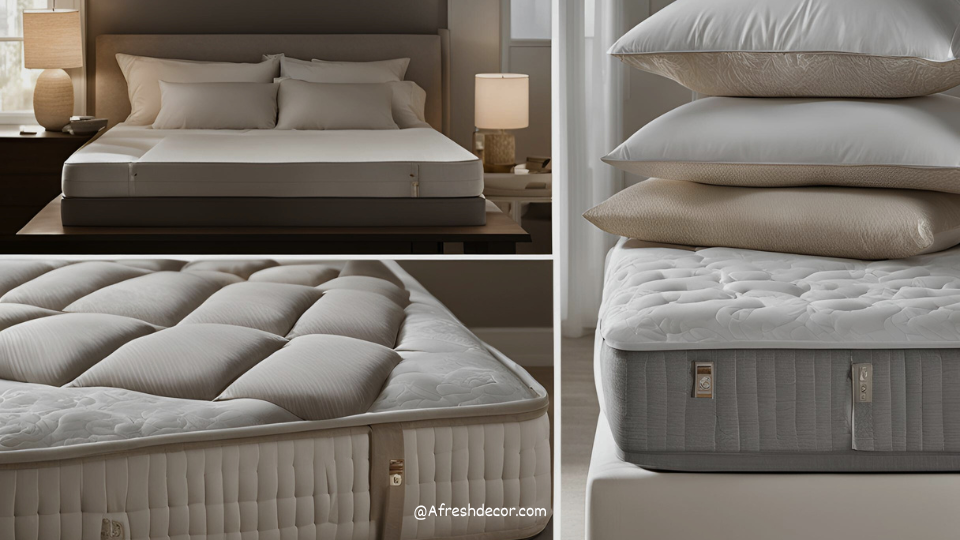The living room is often the heart of the home, where family and friends gather to relax, converse, and unwind. It’s essential to arrange the furniture in this space thoughtfully to create a comfortable and inviting atmosphere. Whether you’re entertaining guests or enjoying a quiet evening alone, here are 13 rules to help you arrange your living room furniture like a pro.
Table of Contents
Introduction to Arranging Living Room Furniture
When it comes to interior design, the arrangement of furniture can make or break the functionality and aesthetic appeal of a room. In the living room, where various activities take place, from watching TV to entertaining guests, proper furniture arrangement is crucial. By strategically placing sofas, chairs, tables, and other furnishings, you can optimize the space and enhance its usability.
Assessing Your Living Room
Before diving into furniture arrangement, it’s essential to assess your living room’s layout and dimensions. Start by measuring the room’s length, width, and height to determine the available space. Identify any architectural features, such as windows, doors, or built-in shelving, that may impact furniture placement. Additionally, consider the room’s focal points, such as a fireplace, large window, or media console, around which you can orient your furniture.
Choosing the Right Furniture
Selecting the right furniture for your living room is key to achieving a harmonious and functional arrangement. Begin by choosing appropriately sized pieces that fit the scale of the room without overwhelming it. Consider the room’s layout and traffic flow when selecting sofas, chairs, and tables, ensuring there is ample space for movement and conversation.
Creating Conversation Areas
One of the primary purposes of a living room is to facilitate conversation and social interaction. To achieve this, arrange your furniture in cozy groupings that encourage face-to-face communication. Position sofas and chairs facing each other to create intimate conversation areas, making sure to leave enough space for people to move around comfortably.
Maximizing Space with Multifunctional Furniture
In a small living room, space-saving solutions are essential. Choose multifunctional furniture pieces that serve dual purposes, such as a coffee table with built-in storage or a sleeper sofa for overnight guests. By maximizing every square inch of space, you can make your living room feel more spacious and organized.
Considering Traffic Flow
When arranging furniture in your living room, it’s crucial to consider the flow of traffic through the space. Ensure that there are clear pathways between seating areas and entry points to avoid congestion and accidents. Arrange furniture in a way that allows people to move easily from one area of the room to another without obstacles.
Maintaining Balance and Symmetry
A well-balanced living room arrangement is visually appealing and harmonious. Distribute furniture evenly throughout the space to create a sense of balance, avoiding overcrowding one area while leaving another sparse. Aim for symmetry by pairing similar-sized furniture pieces on either side of a focal point, such as a fireplace or large window.
Emphasizing the Focal Point
Every living room should have a focal point that draws the eye and anchors the space. Whether it’s a fireplace, TV, or piece of artwork, arrange your furniture around this central element to highlight its significance. Position sofas and chairs facing the focal point to create a natural gathering spot for conversation and relaxation.
Using Area Rugs Effectively
Area rugs can define and delineate different zones within a living room while adding warmth and texture to the space. When choosing a rug, opt for one that is large enough to accommodate all the furniture in a seating area, with the front legs of sofas and chairs resting on the rug. This helps to visually unify the furniture grouping and create a cohesive look.
Playing with Scale and Proportion
Incorporating furniture of varying sizes and shapes adds visual interest to a living room arrangement. Mix large-scale pieces, such as a substantial sectional sofa, with smaller accent chairs and tables to create contrast and dimension. Be mindful of proportion, ensuring that each piece of furniture complements the others and fits comfortably within the space.
Adding Accents and Accessories
Accessories and decorative accents are the finishing touches that can elevate a living room’s design. Incorporate throw pillows, blankets, and decorative objects to add color, texture, and personality to your space. Display artwork and photographs on the walls, and style shelves and coffee tables with books, candles, and other accessories to create visual interest.
Considering Lighting and Ambiance
Proper lighting is essential for setting the mood and ambiance in your living room. Layer different types of lighting, including overhead fixtures, table lamps, and floor lamps, to provide both task and ambient lighting. Dimmer switches allow you to adjust the brightness according to the time of day and desired atmosphere, whether it’s cozy and intimate or bright and inviting.
Regularly Reassessing and Adjusting
As your needs and preferences evolve, so too should your living room furniture arrangement. Periodically reassess the layout of your space and make adjustments as necessary to accommodate changes in lifestyle or decor. Experiment with new furniture configurations to keep the room feeling fresh and functional over time.
Conclusion
Arranging living room furniture requires careful consideration of space, function, and aesthetics. By following these 13 rules, you can create a stylish and functional living room layout that reflects your personal taste and enhances your daily life.

